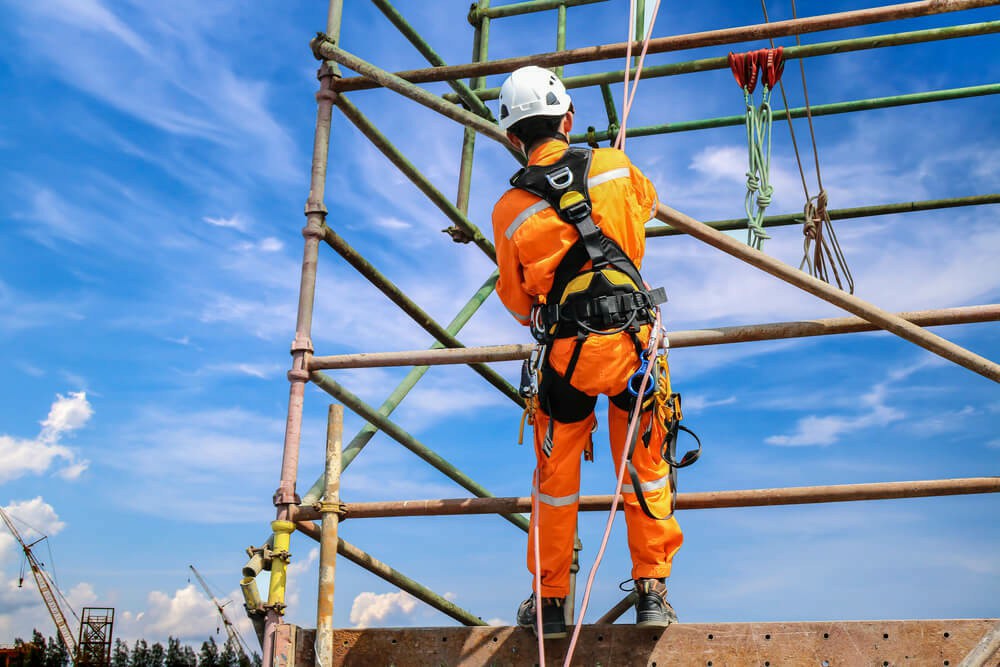


 349,500 Offered Certificates
349,500 Offered Certificates
 24/7 Online Training
24/7 Online Training
 Money Back Guarantee
Money Back Guarantee
 Fully Accredited Courses
Fully Accredited Courses

Created at: 22-02-2025 14:37
In high-risk environments where employees work at elevated levels, safety should be the foremost priority. One of the fundamental aspects that often determines the success of safety measures is effective communication. Accidents occurring while working at heights can lead to severe injuries or even fatalities, making it crucial for employers and employees alike to understand how effective communication can dramatically improve safety protocols.
Clear communication is vital in any workplace, but it becomes exponentially more critical in situations where workers are exposed to significant hazards. Poor communication can lead to misunderstandings, misalignments in tasks, and ultimately, accidents. Here, we explore three primary areas of communication: clear instructions, teamwork, and emergency signaling.
Providing clear, concise instructions can go a long way in ensuring safety in working at heights environments. When everyone understands their tasks and responsibilities, the likelihood of accidents decreases.
The nature of many working at heights roles requires collaboration. Cohesive teamwork can create a unified front that is effective in managing risks.
No matter how effective the planning, emergencies can happen. Having established signaling processes can mitigate confusion and ensure a coordinated response.
To bolster safety measures, companies can adopt the following best practices:
Effective communication strategies have proven their worth in real-world scenarios. For instance, a construction company in Dublin implemented a working at heights safety course that emphasized teamwork and clear signaling. Following their training, they reported a significant reduction in incidents related to falls.
Similarly, a maintenance crew in Galway improved their safety outcomes by utilizing two-way radios for instant updates during high-altitude repairs. By fostering a culture of communication, they managed to avert several potential accidents.
The importance of effective communication in enhancing working at heights safety cannot be overstated. Clear instructions, effective teamwork, and well-established emergency signaling are pillars that support accident prevention. Organizations committed to cultivating a culture of communication are poised to reduce risks significantly and promote a safer work environment.
If you want to improve safety measures within your organization, investing in certified working at heights training programs is crucial. Visit our Working at Heights Course for more information or contact us at [email protected] to get started on fortifying your team's safety today.